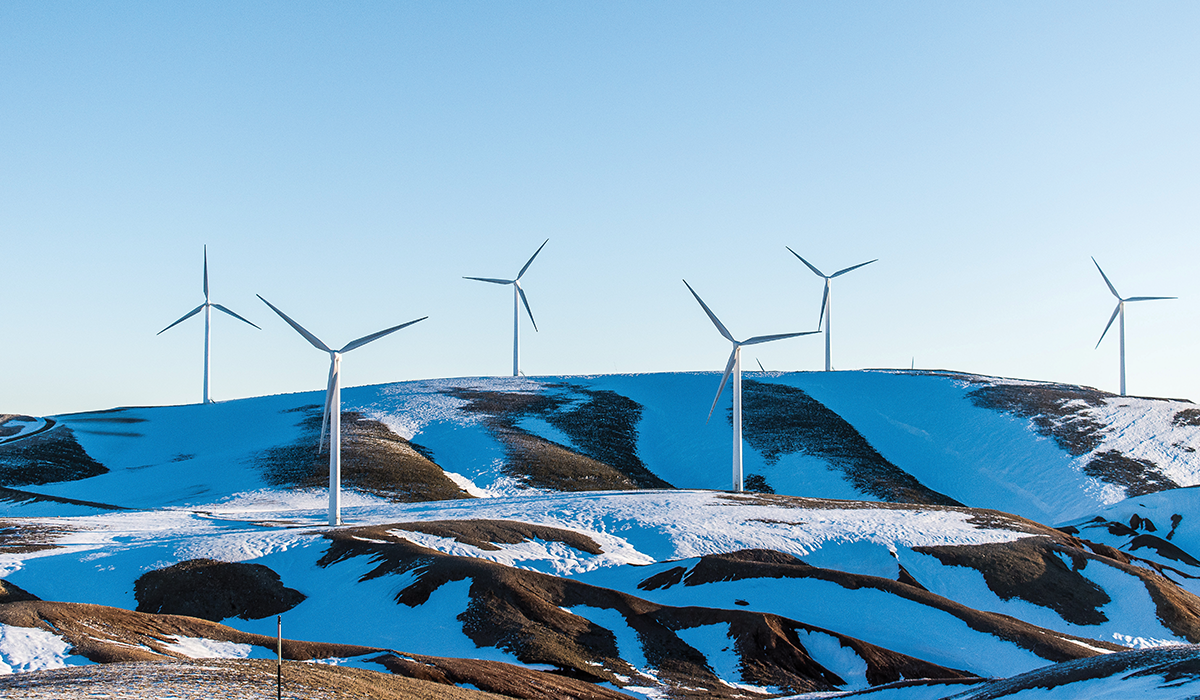Articles
Filter by
196 results found
Articles
Over the last decade, much has been written about globalisation and how we’re more connected than ever before. In the infrastructure world, we think of connectivity as the “linkages of communities, economies and nations through transport, communications, energy, and water networks across a number of countries” .
Read time: 4 minutes
Published
08 Mar 2018
View article


News
Read time: 1 minute
Published
19 Sep 2017
View article


Articles
Despite the turmoil in the banking sector, now is not the time to become more risk averse about investing in infrastructure.
Read time: 4 minutes
Published
24 Mar 2023
View article


Articles
Bridging the US$15 trillion infrastructure gap has become crucial given the economic impact of COVID-19. GI Hub's Strategic Advisers deep-dive into a way forward to attract private capital.
Read time: 9 minutes
Published
15 Dec 2020
View article


Articles
How can hospital PPPs learn from the past to adapt for a post-COVID world?
Read time: 4 minutes
Published
28 Jan 2021
View article


Articles
Find out what implications data infrastructure will have have on business models and infrastructure delivery in the future.
Read time: 5 minutes
Published
29 Sep 2020
View article


Articles
Investors need certainty of the division of responsibilities between the various parties involved in the project, as well as a clear commitment of payment from the parties, before becoming involved in the project themselves. This requires countries to have reached a clear and durable commitment to their respective responsibilities.
Read time: 4 minutes
Published
14 Aug 2018
View article


Articles
The world is changing, and collectively we are underprepared for many of the challenges ahead. The Global Infrastructure Hub’s vision for the ideal future is a world where sustainable, resilient and inclusive infrastructure works for all people.
Read time: 3 minutes
Published
23 Jul 2020
View article


Articles
With infrastructure responsible for 79% of global GHGs, JETPs have great potential to rebuild trust among stakeholders and help mobilise private climate finance to support the climate transition and sustainable infrastructure development broadly. The JETP platform offers a valuable sandbox to co-create and validate new approaches and innovations while firming up political will
Read time: 5 minutes
Published
17 May 2023
View article


News
Over the past few decades, there has been substantial change in living standards globally. Keeping pace with profound economic and demographic changes will require a significant increase in infrastructure investment.
Read time: 3 minutes
Published
23 Feb 2018
View article


Articles
Post-COP15, GI Hub's Strategic Adviser Denis Crevier explores some meaningful outcomes for biodiversity and its influence on infrastructure.
Read time: 6 minutes
Published
08 Feb 2023
View article


Articles
After decades of private sector growth, private capital holds most available global finance. The rise of private wealth coincided with the decline of public wealth in developed countries, which now hold zero or even negative shares in total wealth due to significant public debt burdens, according to the 2022 World Inequality Lab Report. Moreover, the 2023 IMF Global Debt Monitor revealed that global public debt reached 90% of GDP in 2022, a dramatic increase from the 30% recorded in the early 1970s.
Read time: 4 minutes
Published
07 Aug 2024
View article


Articles
Institutional investors are facing growing calls for a stronger engagement in development, in particular for infrastructure, climate and social investments. The investment requirements for global sustainable development are huge. State budgets are already stretched in most emerging markets and developing countries (EMDE), with tax bases weakened and public debt piling up.
Read time: 5 minutes
Published
20 May 2021
View article


Articles
Sam Barr outlines several opportunities for decisionmakers at COP28 to commit to delivering infrastructure for social equity.
Read time: 3 minutes
Published
22 Nov 2023
View article


Published
24 Mar 2023
View article


Articles
Private investment in infrastructure remained stagnant for the eighth year in a row. Three trends to inform future policies to fund the significant shift to enable infrastructure to reach climate targets and address global inequalities.
Read time: 5 minutes
Published
12 Oct 2022
View article


Articles
The GI Hub is working with governments and other stakeholders to define transition pathways for infrastructure to meet net zero and sustainable development goals.
Read time: 5 minutes
Published
17 Oct 2023
View article


Articles
Low-income countries must maintain the necessary focus on basic goals such as improving energy access, providing safe and quality transport services, water, food security, and education - while forgoing opportunity, dealing with additional risks, and prioritising climate-smart investments.
Read time: 4 minutes
Published
24 Feb 2022
View article





















